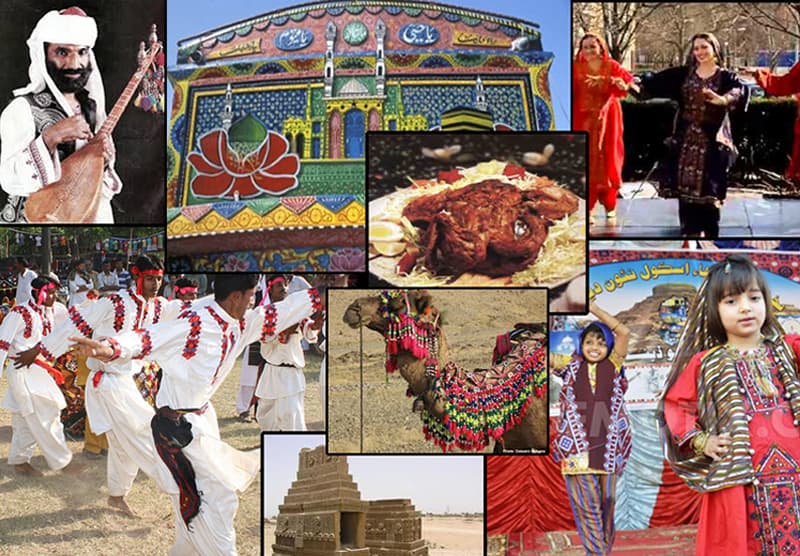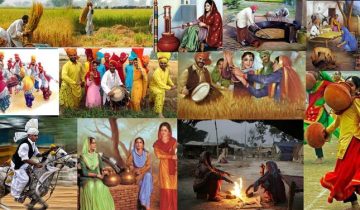Culture, the intricate web of shared beliefs, customs, arts, and values that binds societies, is a captivating tapestry that weaves the human experience. It is a mirror reflecting the essence of a community, shaping its identity, and providing the lens through which individuals perceive the world. In this exploration of culture, we embark on a journey to unravel the diverse threads that contribute to the rich mosaic of human existence.
Defining Culture
Culture is not a monolithic entity; rather, it is a dynamic, evolving concept that encompasses the collective expressions of a group of people. It is transmitted from one generation to the next through language, traditions, rituals, and artifacts. Culture can be seen as a blueprint that guides human behavior, shaping the way individuals interact, communicate, and interpret the world around them.
Cultural Diversity
One of the most remarkable aspects of culture is its diversity. Across the globe, various societies have cultivated unique customs and traditions, each contributing to the global symphony of human culture. From the vibrant festivals of India to the stoic tea ceremonies of Japan, cultural practices serve as a testament to the creativity and adaptability of humanity.
Language as a Cultural Pillar
Language, a fundamental aspect of culture, is more than a tool for communication; it is a repository of a community’s history, values, and worldview. Each language carries a distinct cultural identity, reflecting the experiences and nuances of its speakers. The preservation of languages is crucial for safeguarding the diversity of human culture, preventing the loss of invaluable insights into different ways of life.
Cultural Expressions through Arts
Art, in its myriad forms, is a powerful vehicle for cultural expression. Whether through painting, music, dance, literature, or theater, artists capture the spirit of their communities and communicate it to the world. From the timeless sculptures of ancient Greece to contemporary street art in metropolitan cities, art serves as a universal language that transcends boundaries, fostering understanding and appreciation for different cultures.
Traditions and Rituals
Traditions and rituals are the heartbeat of cultural identity. Passed down through generations, they provide a sense of continuity and connect individuals to their roots. Whether it’s the solemn ceremonies of religious rites or the jubilant celebrations of annual festivals, these practices are the glue that binds communities, fostering a shared sense of belonging and purpose.
Cultural Challenges and Globalization
In an increasingly interconnected world, the forces of globalization present both opportunities and challenges for cultural preservation. While the exchange of ideas and influences can enrich societies, it also poses the risk of cultural homogenization. As societies become more interconnected, there is a pressing need to strike a balance between embracing diversity and safeguarding the unique characteristics that define individual cultures.
Cultural Sensitivity and Understanding
Promoting cultural sensitivity is essential for fostering harmony and understanding among diverse communities. It involves recognizing and respecting the differences that make each culture unique while finding common ground that unites humanity. Education plays a crucial role in cultivating cultural awareness, encouraging individuals to appreciate the richness of diversity, and challenging stereotypes and prejudices.
Conclusion
Culture, a complex tapestry woven by the collective experiences of humanity, is a treasure trove of diversity and creativity. It shapes our perceptions, influences our behaviors, and connects us to the broader human narrative. As we navigate the intricate landscape of culture, let us strive to embrace the beauty of our differences, recognizing that it is through understanding and appreciation that we can truly celebrate the kaleidoscope of human expression. In doing so, we contribute to the preservation and flourishing of this remarkable tapestry that binds us all.




 No products in the cart.
No products in the cart. 